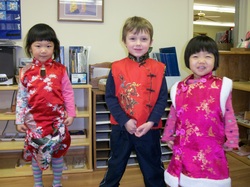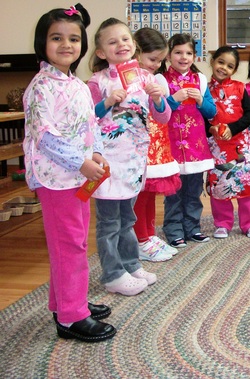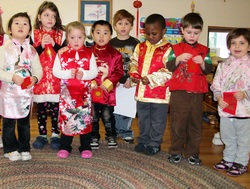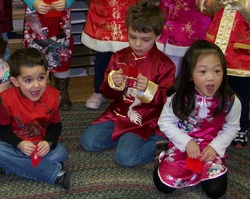The Montessori Geography area is a curriculum area in Montessori education that focuses on teaching children about the world and the environment. The main aim of the Montessori Geography curriculum is to help children understand the natural world and their place in it, as well as to cultivate a sense of global awareness and appreciation for different cultures.
The Montessori Geography area is divided into two main components: physical geography and cultural geography. Physical geography focuses on the study of the natural world, including the land, water, air, and climate. Children learn about the different types of land forms, such as mountains, valleys, and plains, as well as bodies of water, such as oceans, lakes, and rivers. They also learn about the different climate zones and how they affect the environment and the living creatures that inhabit them.
Cultural geography, on the other hand, focuses on the study of human culture and society. Children learn about different cultures, including their customs, traditions, and beliefs. They also learn about the different parts of the world and the people who live there, as well as the different languages and religions that exist. In addition, they learn about the history and geography of different countries and continents.
Overall, the Montessori Geography area helps children develop a sense of curiosity and wonder about the world around them, as well as an understanding and appreciation for the diversity of the planet's people and environments.
to edit.





 RSS Feed
RSS Feed
 989-835-3921
989-835-3921  989-923-0169
989-923-0169 